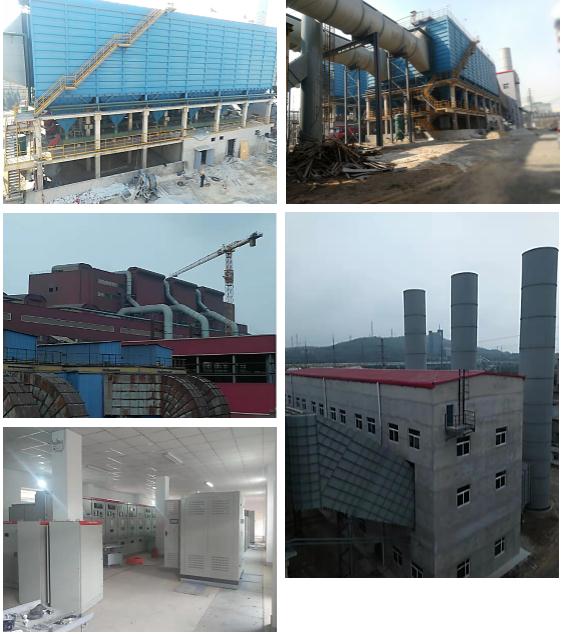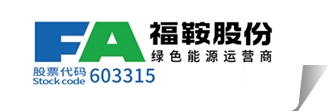Copyright lnfa.com.cn All rights reserved 辽ICP备20005954号 Powered by:300.cn Shenyang
Address: No. 8, Anzheng Road, Qianshan District, Anshan City, Liaoning Province, China
Tel:Office: 0412-8437605
Marketin Department: 0412-8401021
Technology Department: 0412-8418400
Fax:+86-24-412-837606
Zip code:114016
Website:http://www.lnfa.com.cn
E-mail:funsales@lnfa.com
The third dust removal renovation project of the converter of Bayuquan Branch of Anshan Iron and Steel Co., Ltd.

The third dust removal project of the converter of the Steelmaking Department of Anshan Iron and Steel Co., Ltd. Bayuquan Branch adopts the form of general contracting, including engineering design, supply, installation and commissioning, and technical services. After the implementation of the tertiary dust removal system, the dust content concentration of the flue gas discharged from the chimney outlet is ≤15mg/Nm3.
This project is to set up three sets of converter tertiary dust removal systems in the converter workshop of the Steelmaking Department, and assist the secondary dust removal system to collect and purify the fugitive flue gas during the iron mixing process. The flue gas volume of the three-time dust removal system for each converter is 70×104m3/h. The third dust removal building for the converter is arranged in the open space on the southeast side of the second dust removal of the existing converter, with reasonable layout and convenient ash discharge. Meet the requirements specified in the "Emission Standard of Air Pollutants for the Steelmaking Industry" GB 28664-2012, and ensure that the EIA is qualified.
The transformation process facilities and supporting auxiliary facilities of the converter tertiary dust removal system of Anshan Iron and Steel Co., Ltd. Bayuquan Branch mainly include the dust removal system pipe network, bag filter, dust removal fan, heating ventilation and air-conditioning, three electricity, civil engineering and other systems necessary for the normal operation of the system System design and layout, equipment selection, procurement, transportation and storage, manufacturing and installation, building (structure) design, construction, commissioning, test and inspection, trial operation, assessment and acceptance, training and final delivery and operation.
After the project is completed and put into use, the dust concentration of each production post and the emission concentration of the dust removal system can reach national standards.



